Chronic sinusitis surgery success rate 607073-Can chronic sinusitis come back after surgery
· Sinus surgery success rates American Family Physician pulled research by two physicians from England who did a study and found that the success rate is between 80 and 90 percent If you ask me, that's well worth the sinus surgery process to · Sinusitis could range from acute to chronic Symptoms range from pain and tenderness, nasal discharge, reduced smell, headache, and fever While some cases can be treated with medication, chronic cases need surgery To perform the surgery, doctors use an endoscope, a snakelike device with a highpowered camera attached Doctors will perform one of 3 · The Caldwell Luc operation was done for almost 100 years, and can give good results for severe chronic maxillary sinusitis It can cause severe interference with nerves to the teeth and face One third of patients having Caldwell Luc surgery will have permanent numbness Many will have painful sensitive nerve endings in the teeth or face Caldwell Luc surgery is rarely done

My Sinus Surgery Experience Advice And Tips Running In A Skirt
Can chronic sinusitis come back after surgery
Can chronic sinusitis come back after surgery- · Chronic sinusitis can be treated similarly, with longer courses of antibiotics, nasal or oral steroids to reduce inflammation, as well as other medications Surgery is sometimes necessary for patients who have not responded well to other treatments Fungal Infections Other types of sinus disease are related to fungus Fungal infections range in severity from an isolated, easily · When NP recurrence occurs patients sometimes undergo revision surgery The revision surgery rate varies between 4 and 27% with followup periods varying between 12 and 60 months 7, 12 Different studies have examined prognostic factors, like tissue eosinophilia, affecting the success of endoscopic sinus surgery Surgery removes the disease burden but also




Sinus Surgery In Hyderabad Best Hospital For Advanced Sinus Maa Ent
The procedure boasts a fast recovery time, high success rate, and has been successfully performed for years Studies have consistently shown improvement in 95 percent of patients who have undergone Balloon Sinuplasty™ Balloon Sinuplasty Vs Sinus Surgery Before the development of Balloon Sinuplasty™, those suffering from chronic sinusitis had only one main · Gliklich REMetson R The health impact of chronic sinusitis in patients seeking otolaryngologic care Otolaryngol Head recurrence rates after surgery, and the frequency of bacterial infection after ESS One of the problems in evaluating the success of ESS for CRS is that there are several ways to define a successful outcome Historically, success with ESS has beenSurgery for pediatric chronic sinusitis is indicated in children who fail medical therapy and have CT evidence of sinusitis (Fig 94) Procedures are performed to correct predisposing anatomic abnormalities, such as a deviated nasal septum, nasal polyp, concha bullosa, or choanal atresia, remove adenoid tissue, and open, drain, and restore ventilation to the sinuses
· Overall, the success rate of the surgery is noted to be 8090% based on the latest research Following surgery, patients may have packing placed in the nose and sinuses (often dissolvable packing can be used) This is to reduce the rate of bleeding after surgery, which can occur in 24 percent of patientsPublished 4 April 18 Abstract Pediatric chronic rhinosinusitis is a common condition amongst pediatric//wwwFauquierENTnet Video explains what happens when the sinuses become infected as well as why some patients may suffer from recurrent sinus infec
Ryansewell@unmcedu Received 17 November 17;Followup ranged from 12 to 168 (median 40) months Seventyone (60%) developed recurrent polyposis Fiftyfive (47%) were advised to undergo revision surgery, and 32 (27%) underwent surgery History of previous sinus surgery or asthma predicted higher recurrence (PReviews of FESS as a method for treating chronic rhinosinusitis have shown that a majority of patients report increased quality of life after undergoing surgery The success rate of FESS in treating adults with CRS has been reported as 8090%, and the success rate in treating children with CRS has been reported as 8697%




Coblation Assisted Functional Endoscopic Sinus Surgery Improve Prognosis Of The Patients With Chronic Rhinosinusitis And Nasal Polyps




Balloon Sinuplasty The Process Side Effects Recovery Houston Advanced Nose Sinus
Recurrence was observed in 2 cases (5%), both were suffering from diabetes mellitus and were tobacco smokers Our results confirm that simultaneous surgery with a combination of an intraoral and endoscopic approach can be considered the best strategy for the longterm restoration of normal sinonasal homeostasis in selected patients with chronic odontogenic sinusitis · FESS is associated with significantly lower morbidity and higher success rates than previous surgical approaches, and the techniques for such surgery continue to evolve More recent work has demonstrated the efficacy of extended approaches to the frontal sinus, using angled drills and instrumentation intranasally to create a partial septectomy and one largeThe overall success rate after the primary intervention was 9412%;




Endoscopic Sinus Surgery Long Island Ny Dr Michael S Cohen




What To Expect After Nasal Surgery First Week Of Post Sinus Septoplasty Operation Recovery Youtube
Transnasal, endoscopical surgery for chronic sinusitis III Endonasal ethmoidectomy (author's transl) Article in German Wigand ME Transnasal total ethmoidectomy appears to be the surgical treatment of choice for cases of severe polyposis of the ethmoid A thorough knowledge of the surgical anatomy, special instruments, including a new suctionirrigationendoscope, and basicWhat Is The Success Rate Of Sinus Surgery? · Chronic sinusitis lasts more than 12 weeks A sinus is a hollow space in the body There are many types of sinus, but sinusitis affects the paranasal sinuses, the spaces behind the face that lead to the nasal cavity The paranasal sinuses have the same mucous membrane lining as the noseThey produce a slimy secretion called mucus This keeps the nasal passages moist and



1




My Sinus Surgery Experience Advice And Tips Running In A Skirt
Accepted 21 March 18;Balloon sinuplasty has a high success rate Balloon sinuplasty has proven to be highly effective and successful with patients whose sinus infections don't respond to medications or other sinus treatments, specifically for those who have at least four sinus infections a year or a sinus infection for more than 12 weeksOutcome The results after FESS are good, with most studies reporting an 80 to 90 percent rate of success 6–9 Good results also have been obtained in patients who have had previous sinus surgery Can you have surgery with a sinus infection?




Chronic Sinusitis Chitogel



Efficacy Of Endoscopic Sinus Surgery In The Treatment Of Chronic Rhinosinusitis
The maxillary 'sump' occurs when mucocillary clearance fails to recover This patient does not have broader airway problems, just a nonfunctioning left maxi · Other symptoms of chronic sinusitis can include, pain, tenderness and swelling around the eyes, cheeks, nose or forehead, a reduced sense of smell and taste, ear pain, upper jaw, and tooth pain, cough, fatigue, and others A patient could also have several bouts of acute sinusitis that can develop into chronic sinusitis Patients should seek medical care for these · A study by Jiang and Liang found that in patients with chronic rhinosinusitis undergoing revision functional endoscopic sinus surgery to open the sphenoid sinus, the rate of sphenoid sinus penetration was higher in those who underwent imageguided surgery than in patients whose surgery was not image guided The study, in which imageguided and nonimagedguided surgery was performed in 51 and 30 patients, respectively, reported a 91% sphenoid sinus penetration rate



Efficacy Of Endoscopic Sinus Surgery In The Treatment Of Chronic Rhinosinusitis




Chronic Sinusitis Surgery Euforea
· A subset of those diagnosed with chronic sinusitis are plagued by what Robert Schleimer, Others opt for surgery A behindthescenes tour of your face If you peeled back skin and muscle on either side of your nose, you'd find the sinus system a series of air pockets lined with pink, mucusproducing nasal tissue Most people have four pairs, though some are · Chronic sinusitis means that a sinusitis becomes persistent and lasts for longer than 12 weeks Chronic sinusitis is uncommon Most cases of chronic sinusitis develop following an acute sinusitis infection Most cases of acute sinusitis go away within 23 weeks, often much sooner In some cases the symptoms do not go and become persistent (chronic) The following are causes of acute sinusitis that may progress into a chronic sinusitisMETHODS A total of 254 patients with chronic rhinosinusitis after ESS with a followup of 24 months were evaluated retrospectively Clinical grouping, hyperplasia of the ethmoid bone, anatomic variations, allergy, polyps, previous sinonasal surgery and recurrent polyps were analyzed RESULTS The success rates were 644 and 919% with and without hyperplasia of




Endoscopic Sinus Surgery In Patients Infected With Hiv Friedman 00 The Laryngoscope Wiley Online Library




Pdf Efficacy Of Functional Endoscopic Sinus Surgery For Symptoms In Chronic Rhinosinusitis With Or Without Polyposis
Runny nose If no other symptoms exist, it shouldn't interfere with anesthesia or recovery A sinus · The rate of sinusitis hospital visits likely indicates the overuse of hospital resources, even though in some rare cases, patients appropriately seek hospital treatment Nasal saline produced a 03 day decrease in the time needed for symptoms to resolve Studies also associated nasal saline with fewer days out of workBe aware that home remedies for chronic sinusitis can sometimes relieve the symptoms, but do not address the underlying cause Many physicians recommend the nasal irrigation and nasal saline sprays in addition to other treatments Nasal irrigation also plays an important role in healing after sinus surgery –




Long Term Outcomes Of Endoscopic Sinus Surgery For Chronic Rhinosinusitis With And Without Nasal Polyps Brazilian Journal Of Otorhinolaryngology




Fess Surgery Set Of 21 Instruments Buy Fess Instruments Complete Set Of Sinus Surgery Ent Instruments Reusable Tools Fess Functional Endoscopic Sinus Surgery Instruments Set Ent Nasal Surgery Glands Dissecting Instruments Set Product On
· Endoscopic sinus surgery (ESS) is considered the most effective operative procedure for chronic sinusitis accompanied by nasal polyps, with a reported surgical success rate of 70–98% However, the success rate decreases to approximately 50% in the case of chronic sinusitis accompanied by asthmaAll sinus surgeries are considered an effective way to address chronic sinusitis and symptoms Generally, sinus surgery is 8090% effective For people who suffer from daily sinus problems, this is well worth it While sinus surgery may not totally alleviate all sinus symptoms, it usually makes them easier to manage and live with Most of the · Today's topic sinusitis success storiesFor those suffering from chronic sinusitis or frequent sinus infections it sounds incredible, doesn't it?




What Is The Success Rate Of Sinus Surgery The Ear Nose And Throat Institute




Balloon Sinuplasty Easley Head Neck Surgery
· "Generally speaking, we think sinus surgery has about an 80 per cent success rate That's defined as afterwards the patient says 'I'm glad I · Sinusitis is an inflammation (irritation and/or swelling) of the sinuses caused by reduced blood circulation and low body O2 due to chronic habitual overbreathing or breathing more than the medical norm According to more than 0 Russian and Soviet medical doctors, causes of sinusitis relate to low bodyoxygen levels (less than seconds for the bodyoxygenSurgery may be an option if your sinusitis is due to a deviated septum, polyps, or other structural problems The main goals of sinus surgery are to relieve your



3




Functional Endoscopic Sinus Surgery Fess Is It Always A Safe Procedure
Sinus surgery is complex and requires meticulous attention to detail According to national averages, about 30% of people who undergo sinus surgery require a redo Dr Yeung has performed more than 4,000 sinus surgeries His average redo rate, at 01%, is well below the national average Do you feel comfortable about your surgery?/01/16 · Treatment with longterm lowdose azithromycin in combination with the conventional therapy could statistically reduce the recurrence rate of chronic sinusitis symptoms after functional endoscopic sinus surgery However, more evidence is needed to support clinically significant conclusion of azithromycin at the investigated dose Thus a larger scale trial and aBalloon Sinuplasty LongTerm Solution for Chronic Sinusitis Treatment From the patient's perspective, balloon sinuplasty can be an ideal solution to a longterm health problem It is a lowrisk procedure with a high success rate Patients can undergo balloon sinuplasty while planning to take only a day or two away from work




Sinus Surgery And Recovery
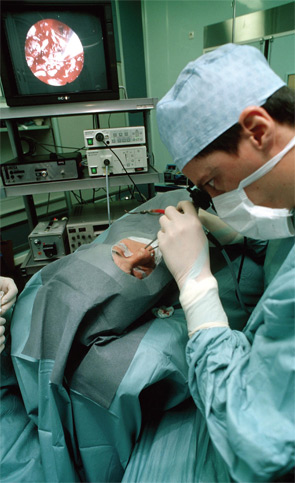



Toward Better Outcomes Avoid Revision Surgeries In Chronic Rhinosinusitis Patients Enttoday
· In one study of patients with allergy and CRS, 85% of those receiving budesonide reported symptom improvement 53 Another study of patients with CRSwNP reported an % success rate (ie, with respect to risk of failure) 5 years after ESS 54 However, other studies reported similar rates of polyp recurrence at 1 year with or without INCS use 55 In another study,Due to the revolutionary advances in medical technology, its success rate has increased, however it is important to note that the FESS procedure surgery has surpassed traditional sinus surgery due to a less invasive nature and overall faster recovery rate However, it is also important to consider that traditional sinus surgery may be the best surgical treatment method available for patientsCurrently, over 0,000 patients per year undergo this type of surgery, making it overwhelmingly the most widespread and common type of sinus surgery This is likely due to its high success rate, as studies published in medical journals report a success rate between 80% to as high as 98% on average Note that revision FESS procedures also exist




Chronic Sinusitis Surgery Euforea




How Effective Is Balloon Sinuplasty In India Pristyn Care
Chronic Sinusitis for Primary Care Providers Ryan K Sewell Department of OtolaryngologyHead and Neck Surgery, University of Nebraska Medical Center, UNMC, Omaha, NE , USA;Chronic sinusitis, or chronic rhinosinusitis, is a very common medical illness that is defined as sinus inflammation that lasts three or more months It is different than acute sinusitis, which involves sinus inflammation for less than four weeks The illness affects men and women equally, as well as both pediatric and adult patients It is estimated that over 30 million patients in the USImprovement of symptoms for patients with chronic sinusitis has around a 90% success rate, and FESS has a much lower complication rate than conventional sinus surgery ImageGuided Sinus Surgery Given the senses and organs that surround the nasal and sinus regions, surgical precision is essential to treat sinus issues without affecting other systems Imageguided surgery provides



Q Tbn And9gcttg 55 Ltkewrx9osb8sc6hap0 Lmlswxm39l1wij9qxrgxjdj Usqp Cau



Chronic And Recurrent Sinusitis Ear Nose Throat Specialists
Chronic sinusitis, however, take more than 3 months and have separate treatments which can be medicinal or surgical Patients who are suffering from the infectious secretions are worried that the infection in their sinuses might affect the result of rhinoplasty The truth is, this infection does not have any effect on the result of surgery Therefore, doing rhinoplasty for patients of chronicFor more than 5 years I've posted about the probiotic Lactobacillus sakei and how it can successfully treat sinusitis both chronic sinusitis and acute sinusitis (sinus infections)Back in January 13 I read a study by Abreu et al (12) · Sinus surgery is a procedure that removes diseased tissue within the sinus cavities Most sinus surgeries are performed as an outpatient so you can go home the day of surgery Risks and complications of sinus surgery include unresolved infections, bleeding, and chronic nasal drainage It takes about 35 days to recover from surgery



3




Fess Sinus Surgery Ent Kent
What is the success rate of sinus surgery? · Reviews of endoscopic sinus surgery as a method for treating chronic rhinosinusitis have shown that a majority of patients report increased quality of life after undergoing surgery The success rate of the procedure in treating adults with CRS has been reported as 8090%, and the success rate in treating children with CRS has been reported as 8697%




Scielo Brasil Resultados Em Longo Prazo Da Cirurgia Endoscopica Nasossinusal No Tratamento Da Rinossinusite Cronica Com E Sem Polipos Nasais Resultados Em Longo Prazo Da Cirurgia Endoscopica Nasossinusal No Tratamento




Functional Endoscopic Sinus Surgery American Family Physician




Endoscopic Sinus Surgery In Patients Infected With Hiv Friedman 00 The Laryngoscope Wiley Online Library




Primary Endoscopic Surgery Led To Faster Resolution Of Sinusitis Symptoms Than Dental Treatments Enttoday




Jcm Free Full Text Surgical Treatment Of Paediatric Chronic Rhinosinusitis Html




How Effective Is The Fess Procedure For Fixing Sinus Problems Houston Sinus Surgery Ear Nose Throat Doctors




How Long Is Sinus Surgery Intended To Last My Sinusitis




Criteria For Success In Pediatric Functional Endonasal Sinus Surgery Younis 1996 The Laryngoscope Wiley Online Library
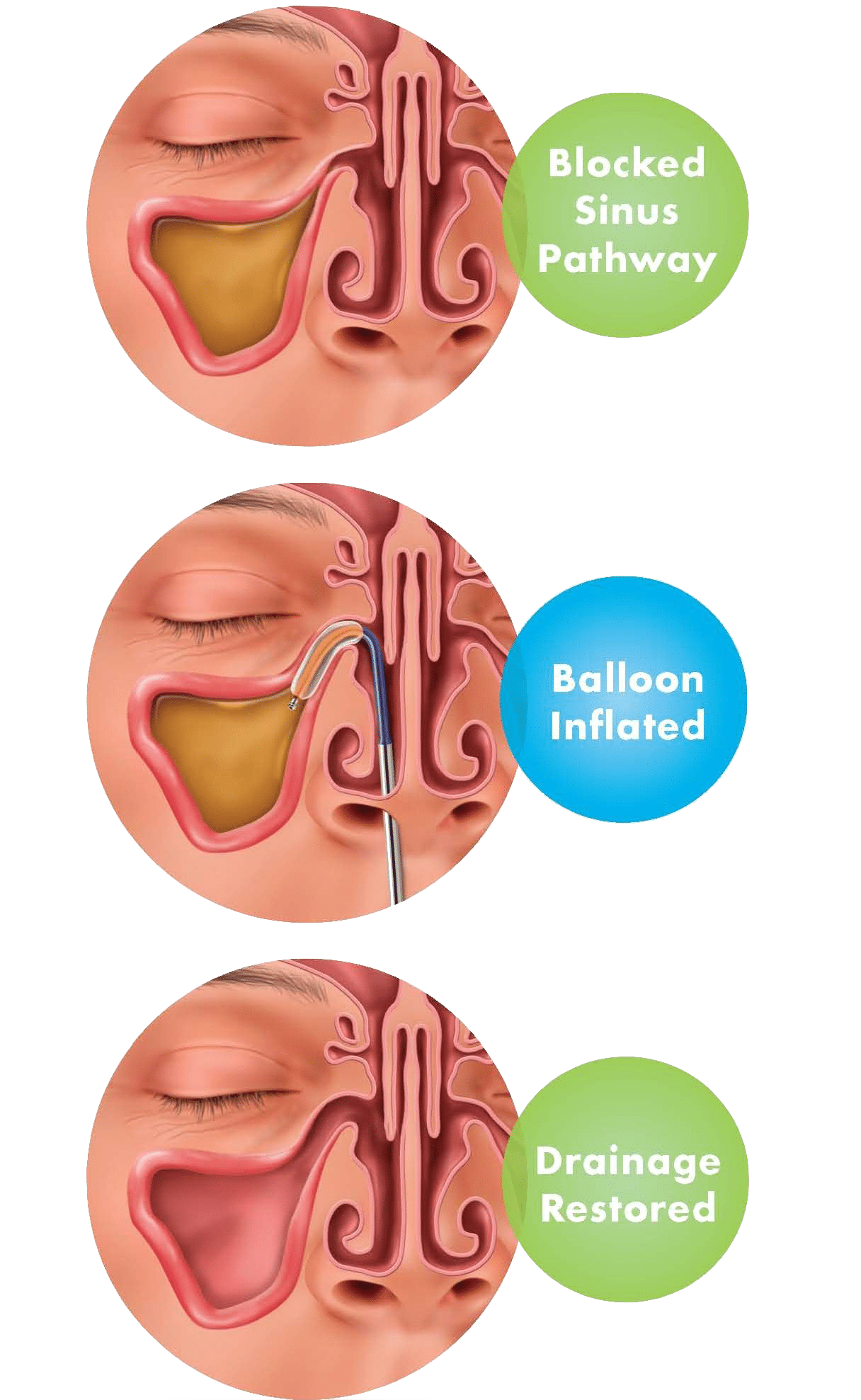



Balloon Sinuplasty St Louis Mo Balloon Sinus Dilation




Balloon Sinuplasty Success Rate Sinus Solutions Of South Florida




Scielo Brasil Comparison Of Natural Ostiodilatation And Endoscopic Sinus Surgery In The Same Patient With Chronic Sinusitis Comparison Of Natural Ostiodilatation And Endoscopic Sinus Surgery In The Same Patient With




Functional Endoscopic Sinus Surgery Vs Balloon Sinuplasty




Functional Endoscopic Sinus Surgery American Family Physician




What Is Sinus Surgery New York Ny Sinus Surgeon




Pin On Anything Will Do



Efficacy Of Endoscopic Sinus Surgery In The Treatment Of Chronic Rhinosinusitis




Comparison Of The Success Rate For The Sphenoid Sinus Penetration Download Table




Am I A Candidate For Functional Endoscopic Sinus Surgery Houston Sinus Surgery Ear Nose Throat Doctors




Balloon Sinuplasty Sinusitis Relief Midmichigan Health




Concepts Of Endoscopic Sinus Surgery Causes Of Failure Ppt Download




Surgical Treatment Of Chronic Maxillary Sinusitis Surgical Overview Confirmatory Ct Scans Anatomy Of The Maxillary Sinus
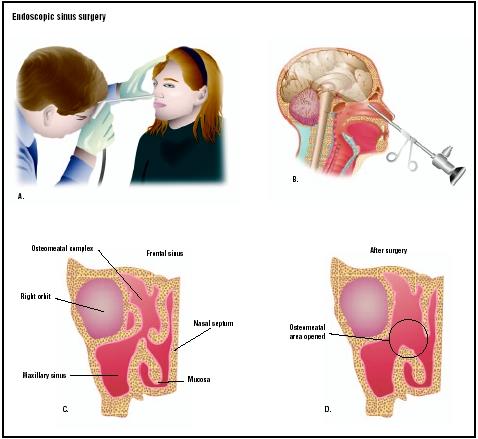



Endoscopic Sinus Surgery Procedure Recovery Pain Complications Time Infection Cells Risk



Dr Priyanjana Sharma Endoscopic Sinus Surgery In India Appt 91 0015 Fess Surgery For Sinus In India Best Ent Surgeon For Sinus Surgery In India Cost Of Endoscopic Sinus Surgery In India




How Long Is Sinus Surgery Intended To Last My Sinusitis




Table 1 From The Xpress Multi Sinus Dilation System For The Treatment Of Chronic Sinusitis A Nice Medical Technology Guidance Semantic Scholar
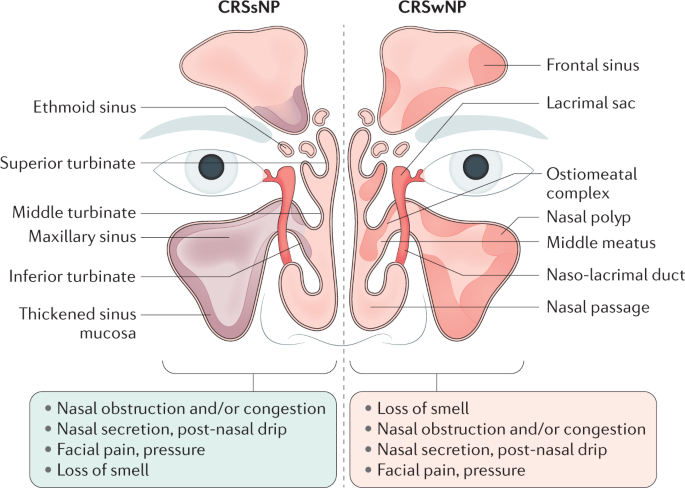



Adult Chronic Rhinosinusitis Nature Reviews Disease Primers
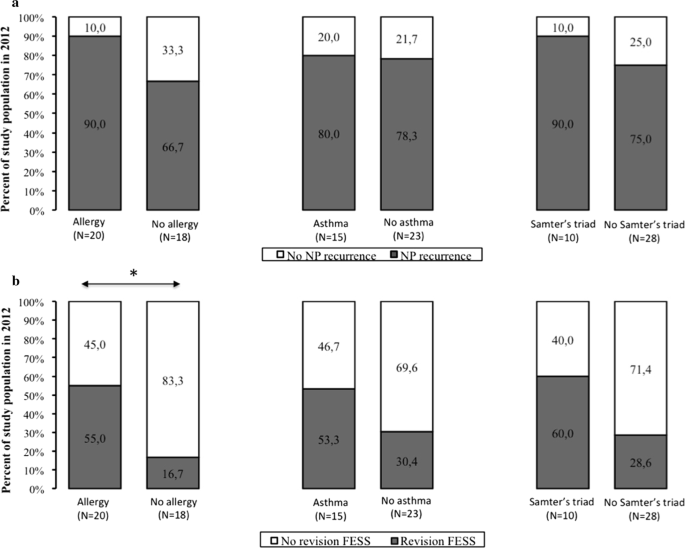



Twelve Year Follow Up Study After Endoscopic Sinus Surgery In Patients With Chronic Rhinosinusitis With Nasal Polyposis Clinical And Translational Allergy Full Text




Functional Endoscopic Sinus Surgery Wikipedia




Sinus Surgery In Hyderabad Best Hospital For Advanced Sinus Maa Ent




Long Term Outcomes Of Endoscopic Sinus Surgery For Chronic Rhinosinusitis With And Without Nasal Polyps Brazilian Journal Of Otorhinolaryngology




Endoscopic Sinus Surgery Cost Sinus And Nose Hospital




Scielo Brasil Eficacia Da Cirurgia Endoscopica Nasal Nos Sintomas Da Rinossinusite Cronica Associada Ou Nao A Polipose Eficacia Da Cirurgia Endoscopica Nasal Nos Sintomas Da Rinossinusite Cronica Associada Ou Nao



Efficacy Of Endoscopic Sinus Surgery In The Treatment Of Chronic Rhinosinusitis




Global Sinus Dilation Devices Market Size Industry Report 18 25




Pin On Nose




Fess Sinus Surgery Ent Kent




Scielo Brasil Comparison Of Natural Ostiodilatation And Endoscopic Sinus Surgery In The Same Patient With Chronic Sinusitis Comparison Of Natural Ostiodilatation And Endoscopic Sinus Surgery In The Same Patient With




Functional Endoscopic Sinus Surgery American Family Physician




Scielo Brasil Resultados Em Longo Prazo Da Cirurgia Endoscopica Nasossinusal No Tratamento Da Rinossinusite Cronica Com E Sem Polipos Nasais Resultados Em Longo Prazo Da Cirurgia Endoscopica Nasossinusal No Tratamento




Literature Based Success Recurrence And Revision Surgery Rates Fess Download Scientific Diagram




Effectiveness And Benefits Of Fess Surgery Pristyn Care




When Do You Need Sinus Surgery Keck Medicine Of Usc




Functional Endoscopic Sinus Surgery Wikipedia




Functional Endoscopic Sinus Surgery American Family Physician




Surgery For Sinus Misery Better But Still No Cure Npr




Pdf Efficacy Of Functional Endoscopic Sinus Surgery For Symptoms In Chronic Rhinosinusitis With Or Without Polyposis




Twelve Year Follow Up Study After Endoscopic Sinus Surgery In Patients With Chronic Rhinosinusitis With Nasal Polyposis Clinical And Translational Allergy Full Text




3 Things To Know Before Your Fess Surgery The Center For Minimally Invasive Surgery




Pdf Outcome Of Functional Endoscopic Sinus Surgery In Patients With Chronic Rhinisinusitis Not Responding To Medical Therapy




Chronic Sinusitis Chitogel




Functional Endoscopic Sinus Surgery American Family Physician




Houston Balloon Sinuplasty Surgery Houston Tx Houston Sinus Surgery



Sinus Surgery India Cost Sinus Surgery Delhi India Delhi Sinus
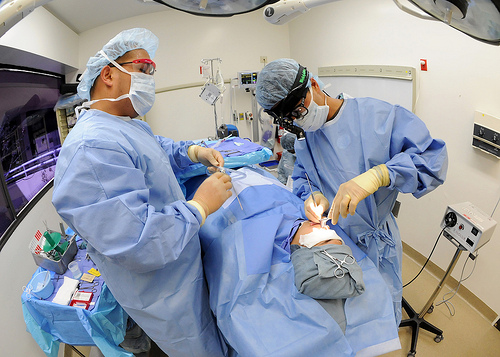



The Costs Involved In Sinus Surgery Young Adult Money




Endoscopic Sinus Surgery Healthdirect



Minimally Invasive Surgery Options Septoplasty And Endoscopic Sinus Surgery The Center For Minimally Invasive Surgery




Scielo Brasil Resultados Em Longo Prazo Da Cirurgia Endoscopica Nasossinusal No Tratamento Da Rinossinusite Cronica Com E Sem Polipos Nasais Resultados Em Longo Prazo Da Cirurgia Endoscopica Nasossinusal No Tratamento




Functional Endoscopic Sinus Surgery American Family Physician




Twelve Year Follow Up Study After Endoscopic Sinus Surgery In Patients With Chronic Rhinosinusitis With Nasal Polyposis Clinical And Translational Allergy Full Text




Surgery For Sinus Misery Better But Still No Cure Npr




Balloon Sinuplasty Phoenix Sinus Center Sinus Treatment Phoenix




Sinusitis And Sinus Surgery San Diego Ca Pacific Ent Carlsbad Ca 911




What Is Involved In Functional Endoscopic Sinus Surgery Houston Sinus Surgery Ear Nose Throat Doctors




Twelve Year Follow Up Study After Endoscopic Sinus Surgery In Patients With Chronic Rhinosinusitis With Nasal Polyposis Clinical And Translational Allergy Full Text




Sinus Disease Fort Worth Ent Sinus




Sinus Surgery Ends Decades Of Chronic Sinus Problems For One Married Couple Cornerstone Ear Nose Throat Pa
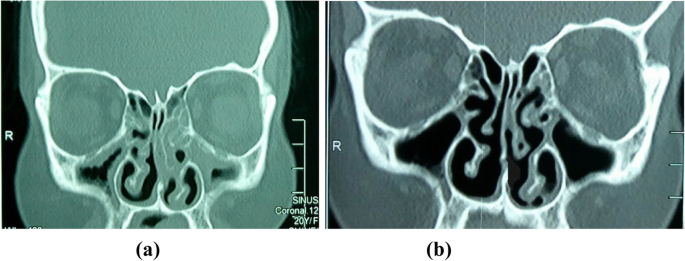



Impact Of Septoplasty Alone Or With Endoscopic Sinus Surgery For Treatment Of Chronic Rhinosinusitis With Deviated Septum The Egyptian Journal Of Otolaryngology Full Text




Balloon Sinuplasty Phoenix Sinus Center Sinus Treatment Phoenix




What Is The Success Rate Of Sinus Surgery The Ear Nose And Throat Institute




How Long Is Sinus Surgery Intended To Last My Sinusitis




Endoscopic Sinus Surgery A Tale Of Overuse Right Care Alliance




Balloon Sinuplasty Facts Costs And Recovery




What Is The Success Rate Of Sinus Surgery The Ear Nose And Throat Institute




Revision Sinus Surgery Of The Ethmoid Sinuses Ento Key




Evolution And Challenges In Frontal Sinus Surgery Springerlink




Fess Dr Garrett Bennett Ny Sinus Rhinoplasty Surgeon




Surgical Treatment Of Chronic Maxillary Sinusitis Surgical Overview Confirmatory Ct Scans Anatomy Of The Maxillary Sinus




Functional Endoscopic Sinus Surgery Overview Preparation Technique


コメント
コメントを投稿